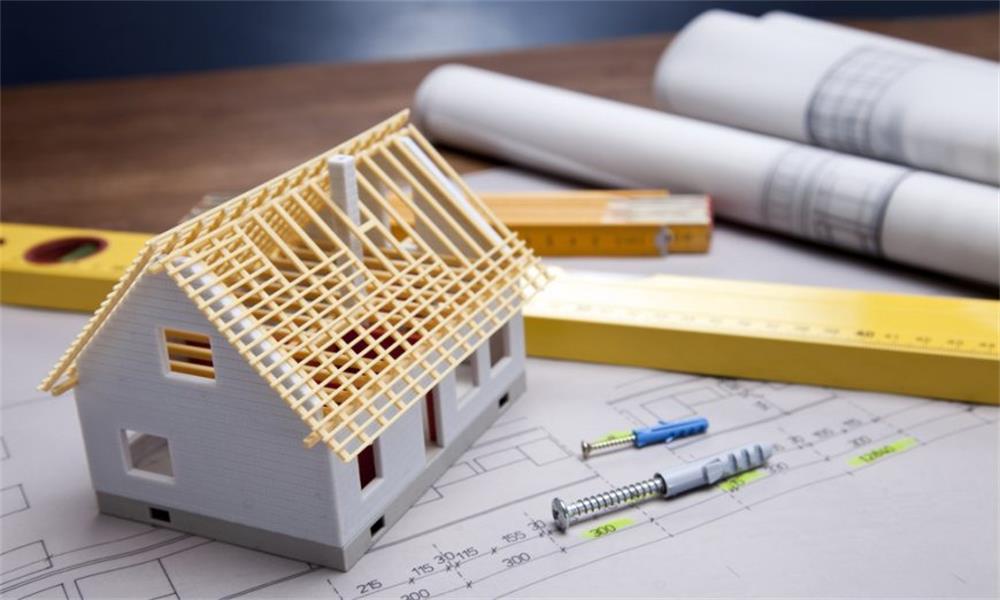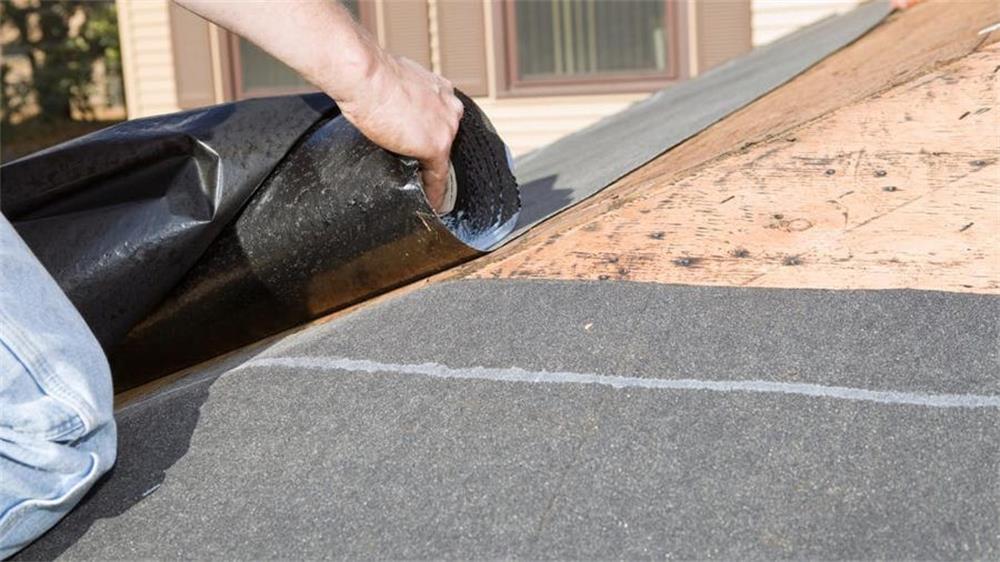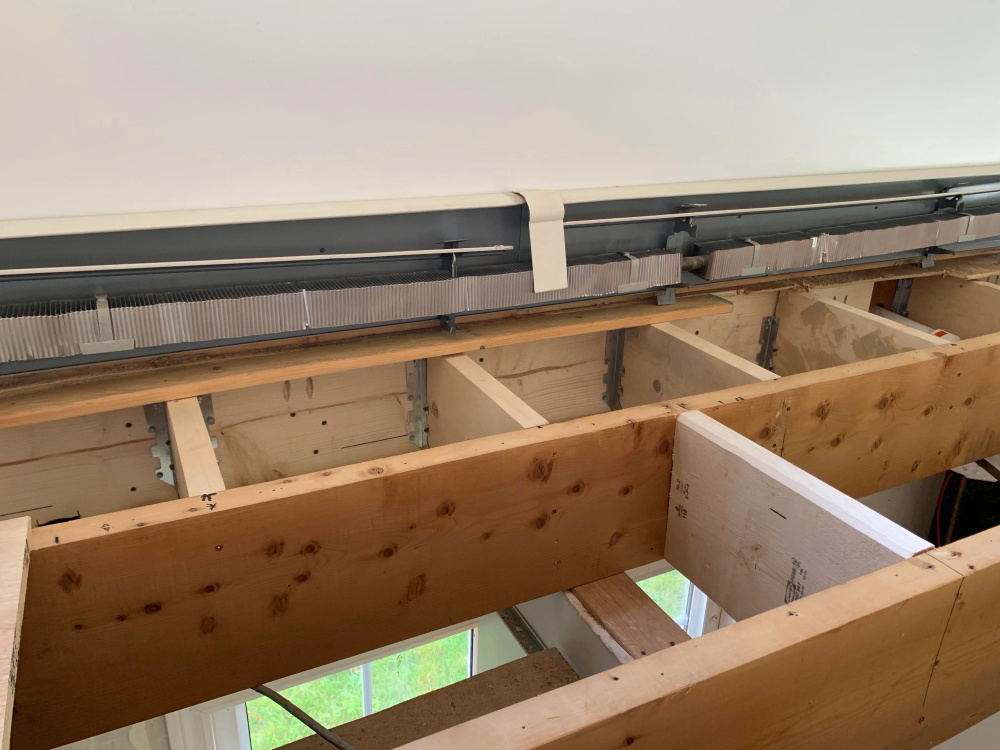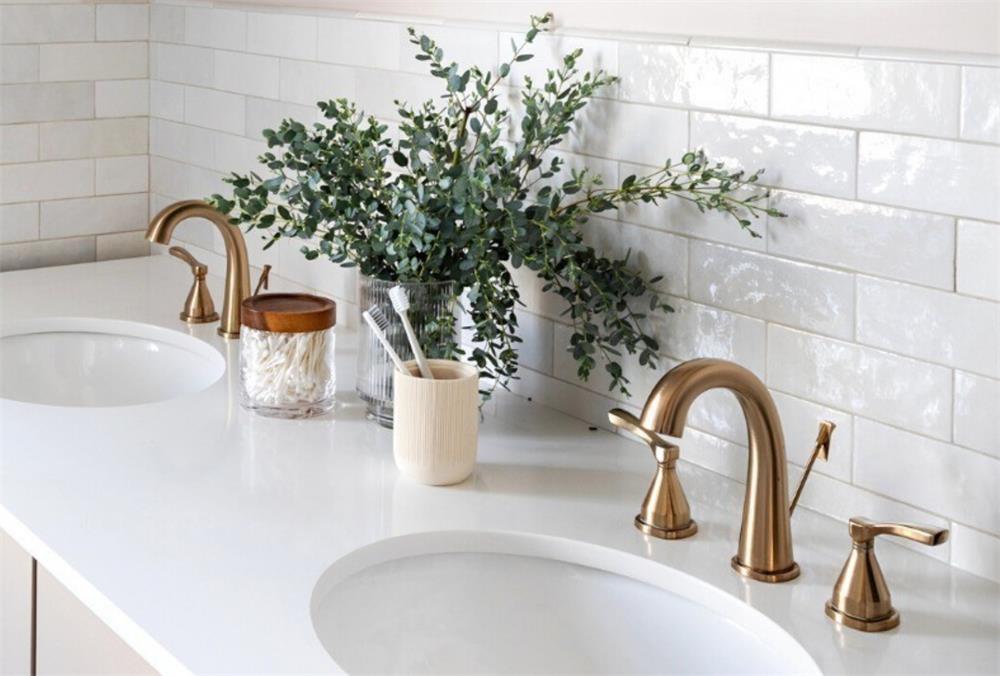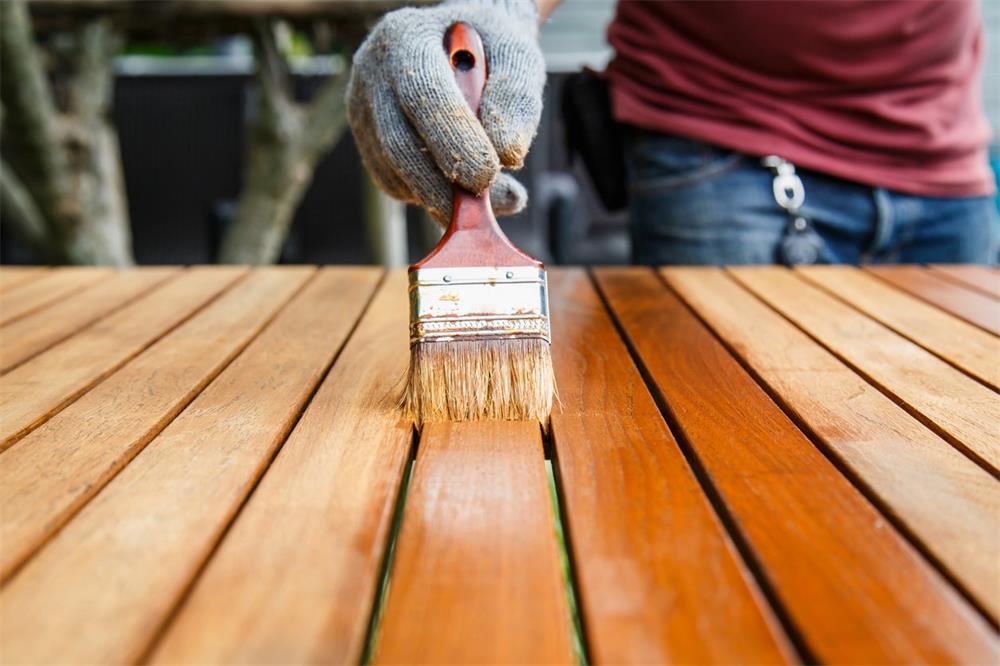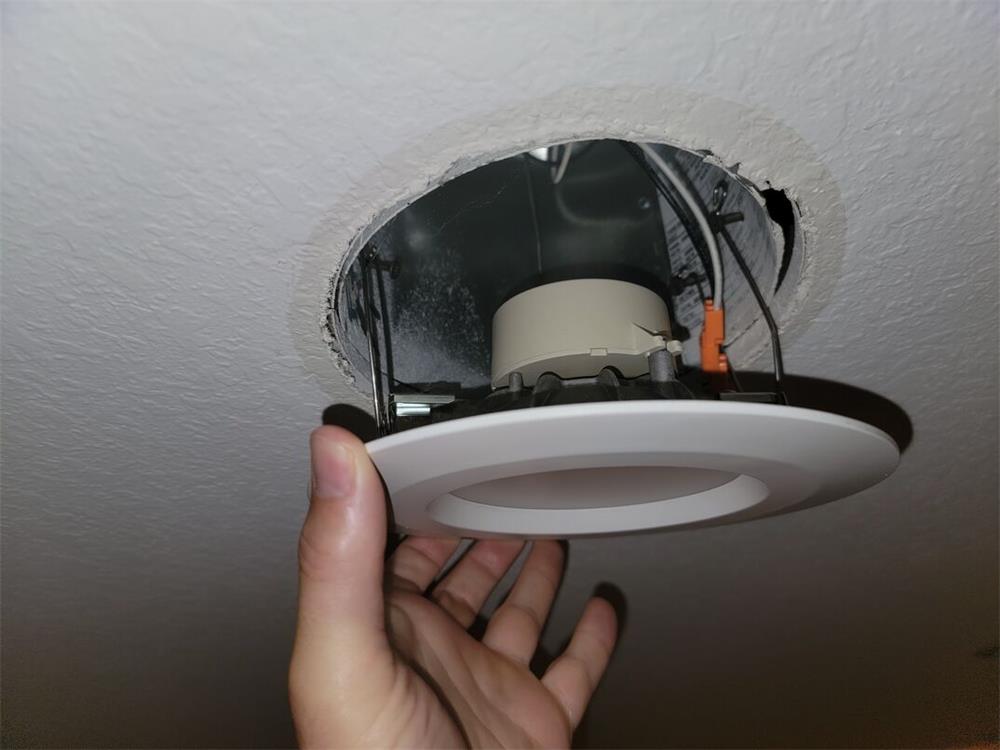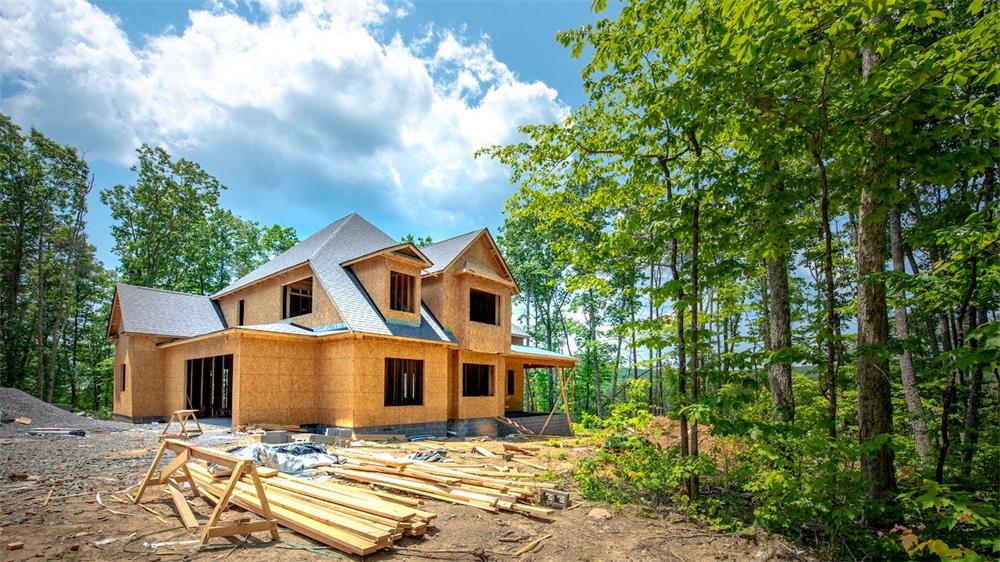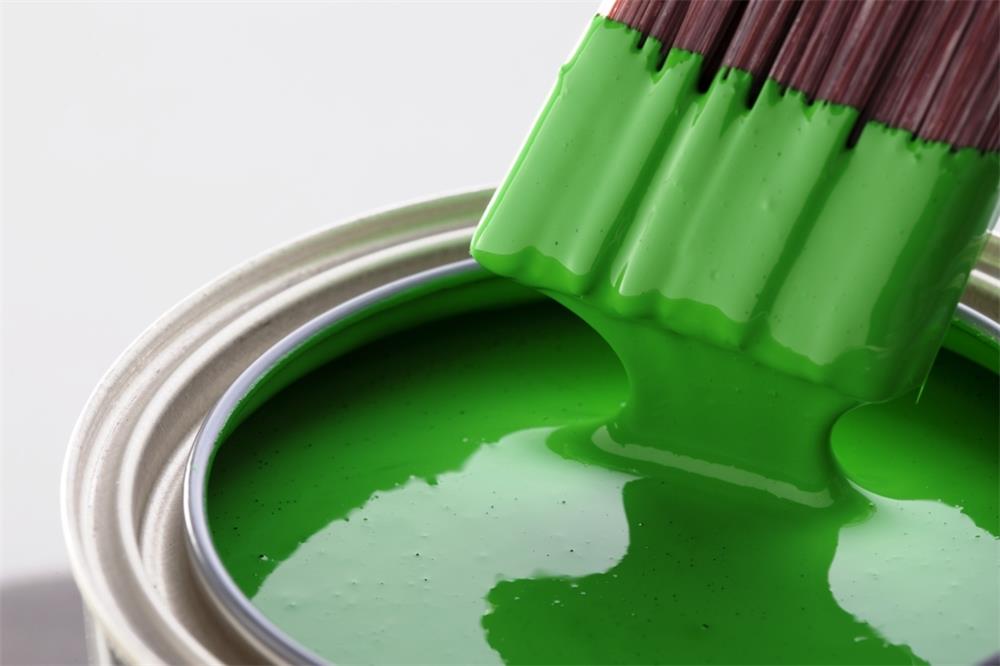If you have a home that you leave empty during the winter months, you may have winterized it to protect it from freezing temperatures and potential damage. Winterizing a home usually involves:
- Turning off the water and emptying the pipes to prevent them from bursting
- Detaching flexible supply tubes for sinks, toilets, dishwashers, washing machines, and other appliances
- Unplugging appliances
- Setting thermostats and alarm systems
- Draining the water heater and water softener and disconnecting their water pipes
- Stopping or forwarding mail service
When you come back to your home in the spring, you will need to de-winterize it by reversing the steps you took to winterize it. This will restore the water supply and functionality of your appliances and plumbing fixtures.
You can hire a professional service to de-winterize your home if they also winterized it for you. They will know exactly what to do and how to do it. However, if you want to save some money and do it yourself, you can follow these simple instructions. You will need some basic tools and supplies, as well as the owners’ manuals for your appliances.
What You’ll Need
Equipment / Tools
- Flashlight
- Set of wrenches
- Channel-lock pliers
- Owners’ manuals for appliances
Materials
- Rags or paper towels
Instructions
Turn on Any Electrical Circuits That Have Been Shut Off
Sometimes, when winterizing a home, some of the electrical circuits are turned off to save energy and reduce fire hazards. Only the essential circuits, such as the one for the furnace or some lights, are left on. To de-winterize your home, you will need to turn on all the electrical circuits that have been shut off.
Go to the main service panel and check all the individual branch circuit breakers inside the panel. Turn on any circuit breakers that have been shut off.
Warning
If your home has an electric water heater, make sure it is refilled before you turn on the circuit that powers it to avoid any potential water leaks.
Connect All Water Supply Tubes and Pipes
One of the most important steps in winterizing a home is disconnecting the flexible supply tubes from various plumbing fixtures. This prevents water from freezing and damaging the pipes and fixtures. To de-winterize your home, you will need to reconnect all these flex tubes to the shutoff valves or the appliance inlets.
Check for Leaks and Tighten Connections
As you reconnect the water supply tubes and pipes, you may encounter some leaks or loose connections. Use a flashlight to inspect the areas under the sinks, behind the toilets, and around the appliances. If you see any water dripping or spraying, use a wrench or channel-lock pliers to tighten the connections. You may also need to replace some washers or gaskets if they are worn out or damaged.
Use rags or paper towels to wipe off any excess water and prevent mold growth.
Flush Out Any Air or Debris From the Pipes
When you turn on the water supply, you may notice some air or debris coming out of the faucets. This is normal and expected after winterizing a home. To flush out any air or debris from the pipes, you will need to run the water for a few minutes on each faucet until it runs clear and steady.
Start with the faucet that is closest to the main water valve and work your way to the farthest one. Do this for both hot and cold water lines. Don’t forget to flush out the showerheads, tub spouts, and outdoor faucets as well.
Reinstall Any Aerators That Have Been Removed
If you removed any aerators from the faucets when winterizing your home, you will need to reinstall them after flushing out the pipes. Aerators are small devices that screw onto the faucet spouts and regulate the water flow and pressure. They also help reduce water consumption and prevent splashing.
To reinstall an aerator, simply screw it back onto the faucet spout by hand. Make sure it is aligned correctly and not cross-threaded. You may need to use a wrench or pliers to tighten it securely, but be careful not to overtighten it or damage it.
Turn On Any Appliances That Have Been Unplugged
The last step in de-winterizing your home is to turn on any appliances that have been unplugged when winterizing your home. This may include:
- Refrigerator and freezer
- Dishwasher
- Washing machine
- Dryer
- Oven and stove
- Microwave
- Coffee maker
- Toaster
- TV
- Computer
- etc.
Before you plug in any appliance, make sure it is clean and dry. Check for any signs of damage or wear and tear. Consult the owners’ manuals for any specific instructions on how to restart or reset the appliance.
Enjoy Your Home
Congratulations! You have successfully de-winterized your home and made it ready for spring. Now you can enjoy your home and all its amenities without worrying about frozen pipes or damaged appliances.
You may want to do some additional tasks to spruce up your home after a long winter, such as:
- Cleaning windows and screens
- Dusting furniture and surfaces
- Vacuuming carpets and rugs
- Changing air filters
- Testing smoke detectors and carbon monoxide detectors
- Replacing batteries in clocks and remote controls
- etc.
These tasks will help you make your home more comfortable and safe for you and your family.


